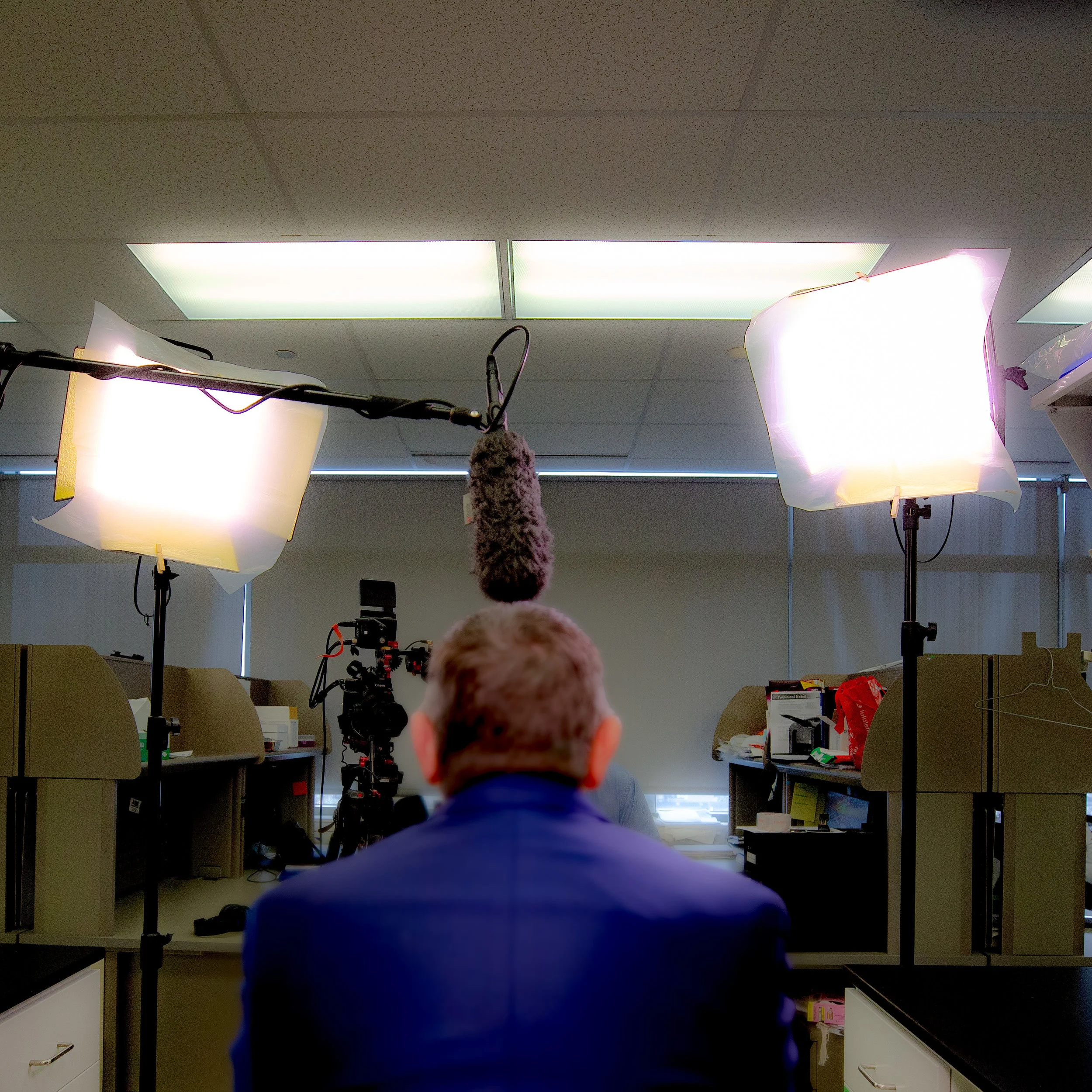Most Common Hesitations to Beginning a Video Campaign
We’ve heard them all. “We can’t take on video this year because of (fill in the blank)”. Here are the most common objections to beginning a video campaign, with some research on why those hesitations may be unfounded.
1. It’s Too Expensive
Truthfully, what your video costs really doesn’t matter. You read that right. As long as you are receiving at least a $1 return for each $1 spent, the amount you’re spending should not matter. Video is an investment for any organization.
If the production of a professional video costs you $10,000, but it helps you reach $50,000 in new sales, pipeline growth, donations for your non-profit, wouldn’t you do it? What’s important is to create a definition of success, put in the work to achieve that success, and simply track the performance of your video by whether or not it’s helping you reach your goal. There are other KPI’s (Key Performance Indicators) as well:
Are you engaging your audience in a way that’s going to make them return?
Are you attracting a new or different audience?
Is the video keeping people on your website or social platforms?
Can you use it (or versions of it) in more than one way?
“What your video costs really doesn’t matter. You read that right. ”
2. I Can Only Use It Once
A lot of companies hesitate to take the plunge into producing video because they feel as though it’s a one-time purchase, and when budgets are tight, it’s very difficult to put all your eggs in one basket.
The reality is that the video can - and should - be used in as many places as possible. Show it off at a company gathering, use it in sales meetings, get it on your website, your YouTube, Facebook, Twitter, Instagram, blog, email newsletter, and anywhere else you can think of.
It can be sliced and diced into all types of versions and lengths, so that if you don’t think someone will spend five minutes watching your video on Facebook, you can put together a 60-second version of it with a call-to-action.
Also, don’t assume that just because you posted your video to your social media channels, all of followers saw it. There is so much content out there, that it’s all too easy to scroll past your post on Twitter. There is absolutely nothing wrong with tweeting, Facebooking, Insta-ing (is that a word?) many, many times. You’re not annoying people. You’re giving them another chance to connect with you. Video should be part of a long term strategy.
The most successful campaigns often last 6 months to 2 years, and one well planned production can get you the content needed to last a full sales cycle.
3. No One Will Watch
The numbers suggest otherwise. Web users spend on average 88% more time on a website that has video content vs. one that only uses text and pictures. Imagine how many more opportunities you’ll have to convert a viewer into a customer, donor, etc. when they’re spending that much extra time on your site.
A video we produced for Crayola’s “Magic Light Brush” has eclipsed more than 29 million views without ANY paid advertising behind it. While this result may not be typical - if you build a loyal following, and apply strategy to distribution, they WILL find and your content.
On Facebook alone, posts with video are dramatically outperforming ones with just still images. In total shares, posts with video were shared 1200% more than posts with just text and stills. That also drove 135% more organic traffic in 2017, according to AdEspresso. That level of engagement just facilitates word of mouth traffic, which we all know, is the most authentic ways of promoting your brand or cause.
(For more helpful information on ways to optimize video for social media, including whether to use “square video”, and the benefits of A/B testing, check out this great Hubspot article).
“Web users spend on average 88% more time on a website that has video content... Imagine how many more opportunities you’ll have to convert a viewer into a customer, donor, etc. when they’re spending that much extra time on your site.”
Still think your company isn’t ready for video? It’s time to take the plunge. A study by Magisto suggests that, on average, each business in America will spend $20,000 per year on video, and that more than half of all business spend at least 25% of their entire marketing budgets on video. They can’t afford not to.


